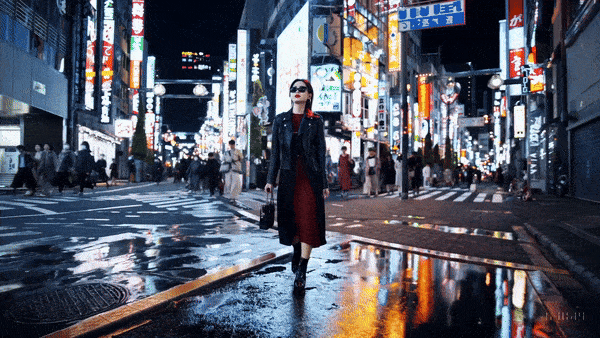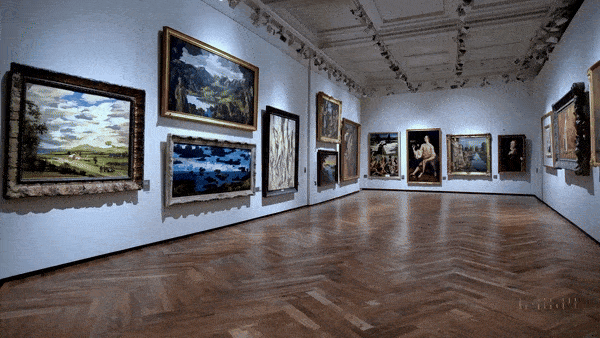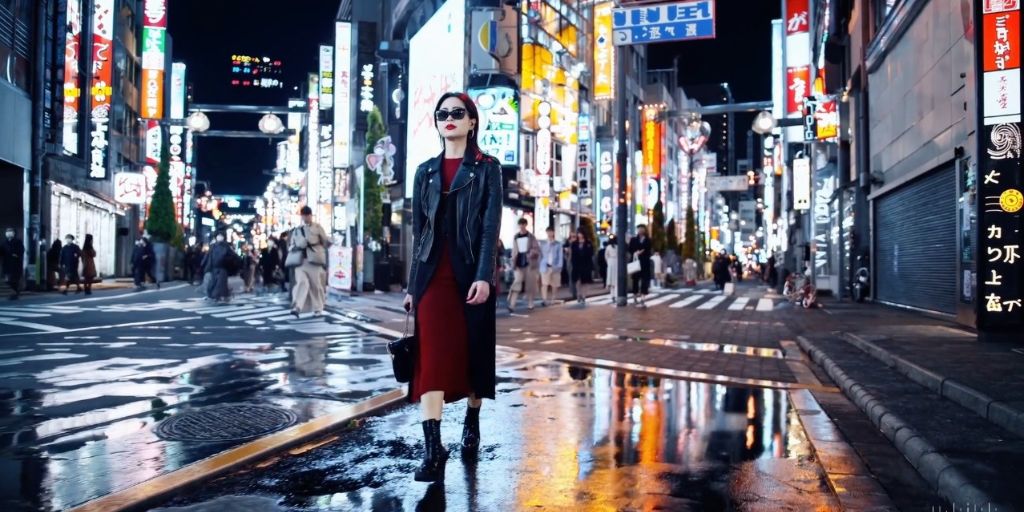
Introduction:
In the realm of artificial intelligence, there’s an ongoing quest to bridge the gap between fiction and reality. One notable endeavor in this direction is OpenAI’s Sora, a cutting-edge Text-to-Scene model that has been making waves in the AI community. With its innovative approach, Sora seems to be the missing link that brings the vivid imagination of written text into the tangible realm of visual scenes.
Understanding Text-to-Scene:
Text-to-Scene is a fascinating subfield within natural language processing (NLP) and computer vision, where the goal is to generate realistic visual scenes based on textual descriptions. The idea is to take a piece of text, such as a paragraph or a story, and transform it into a visual representation that captures the essence of the narrative. It’s essentially about teaching machines to see and interpret the world through the lens of human language.
Sora’s Debut: A Game-Changer in OpenAI’s Text-to-Scene Revolution
OpenAI has introduced a new-generation model named Sora. According to the AI company, it possesses the ability to generate both realistic and imaginative scenes based on textual instructions. This text-to-video model empowers users to craft photorealistic videos, each lasting up to a minute, by providing prompts of their own creation.

In its introductory post, OpenAI highlights Sora’s capability to craft intricate scenes featuring multiple characters, specific types of motion, and precise details of both the subject and background. The model’s proficiency extends to understanding how objects exist in the physical world. Additionally, Sora can accurately interpret props, and it excels in generating characters that express vibrant emotions, as emphasized by the company.
The model is not limited to generating videos solely from text prompts; it can also produce a video based on a still image. Furthermore, Sora showcases its versatility by filling in missing frames in an existing video or extending its duration. OpenAI’s blog post featuring Sora-generated demos presents captivating scenarios, including an aerial view of California during the gold rush and a video that convincingly simulates the perspective from inside a Tokyo train.

While some of the Sora-generated demos exhibit telltale signs of AI, such as peculiar movements like a suspiciously shifting floor in a museum video, OpenAI acknowledges that the model may encounter challenges in accurately simulating the physics of complex scenes. Despite these occasional nuances, the overall results are undeniably impressive.
A few years ago, the forefront of models’ ability to translate words into images was occupied by text-to-image generators like Midjourney. However, recent advancements have witnessed a rapid improvement in video generation. Companies like Runway and Pika have showcased their remarkable text-to-video models, and Google’s Lumiere emerges as one of OpenAI’s notable competitors in this domain. Similar to Sora, Lumiere provides users with text-to-video tools and the capability to create videos from still images. The evolving landscape of video generation models promises an exciting future where AI continues to enhance its capacity to transform static prompts into dynamic visual narratives.
here is sora, our video generation model:https://t.co/CDr4DdCrh1
— Sam Altman (@sama) February 15, 2024
today we are starting red-teaming and offering access to a limited number of creators.@_tim_brooks @billpeeb @model_mechanic are really incredible; amazing work by them and the team.
remarkable moment.
The Model Architecture:
Sora leverages a sophisticated neural network architecture, drawing inspiration from OpenAI’s GPT (Generative Pre-trained Transformer) models. Trained on massive amounts of diverse textual data, Sora has learned to decode intricate patterns in language and translate them into visual elements. The model is fine-tuned to recognize relationships between entities, understand spatial arrangements, and even infer the dynamics of a scene.
Breaking Down the Text-to-Scene Process:
- Textual Input Analysis: Sora begins by meticulously analyzing the input text, breaking it down into key entities, actions, and relationships. This initial step involves understanding the semantics of the language used and extracting relevant information.
- Scene Composition: Once the textual analysis is complete, Sora moves on to scene composition. This involves placing entities in a three-dimensional space, determining their sizes, positions, and interactions. The model employs a combination of pre-existing knowledge and creative inference to craft visually coherent scenes.
- Attention to Detail: One of Sora’s standout features is its attention to detail. The model doesn’t just focus on the primary elements of the scene but also considers subtleties like lighting, shadows, and ambiance. This attention to detail adds a layer of realism to the generated scenes, making them more immersive.
The Implications of Sora’s Advancements:
- Enhanced Storytelling: With Sora’s-Prowess, the realm of storytelling is poised for a transformation. Authors and content creators can now envision and communicate their narratives with unparalleled visual richness. This not only caters to a more engaging reading experience but also opens new avenues for multimedia storytelling.
- Gaming and Virtual Reality: Sora’s capabilities extend beyond literature; they have significant implications for the gaming and virtual reality industries. Imagine playing a video game where the environment dynamically adapts to the narrative, creating a truly personalized and immersive gaming experience.
- Accessibility and Education: Sora’s-Text-to-Scene technology has the potential to revolutionize education and accessibility. Complex concepts can be visually explained, making learning more interactive and inclusive. Additionally, it can aid individuals with visual impairments by providing vivid descriptions of visual content.
Challenges and Future Developments:
While Sora represents a remarkable leap forward, there are challenges to address. Fine-tuning the model for specific domains, handling ambiguous or abstract concepts, and ensuring ethical use are areas that demand ongoing attention. The future developments in Sora could involve refining its understanding of emotions, enabling it to craft scenes that evoke specific feelings intended by the author.
How can we access OpenAI’s new text-video model
As of now, it is exclusively accessible to individuals designated as “red teamers,” tasked with evaluating the model for potential risks and harms. OpenAI has extended access to select visual artists, designers, and filmmakers to gather valuable feedback. It is important to acknowledge that the current version of the model may not precisely simulate the intricate physics of complex scenes and might encounter challenges in accurately interpreting certain instances of cause and effect. Consequently, the public release of Sora is contingent upon addressing and refining these considerations, necessitating a patient anticipation for its broader availability.


